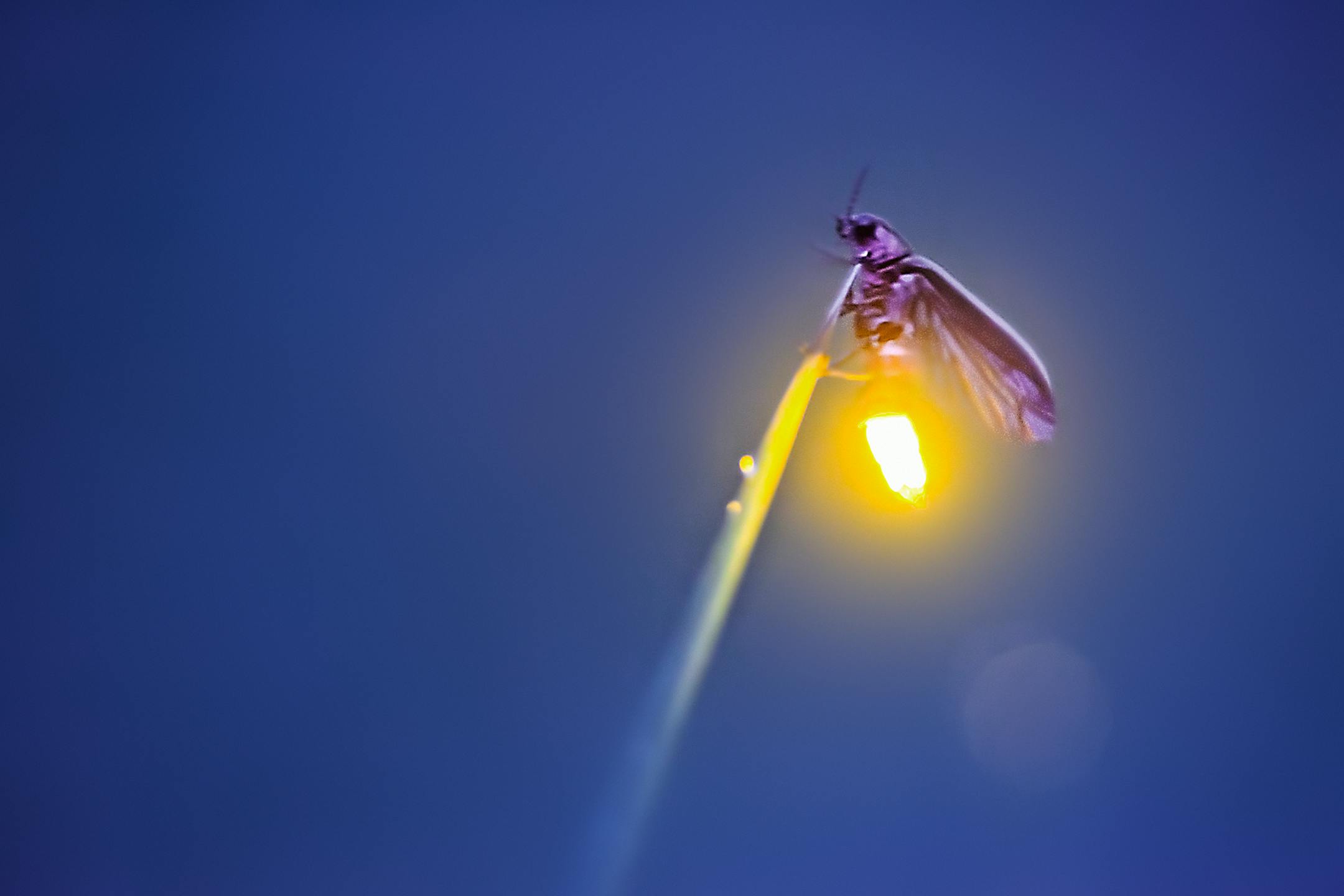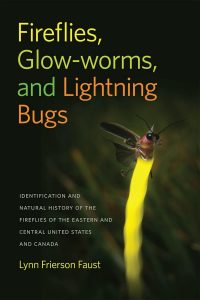Minnesota Star Tribune – Firefly (Radim Schreiber)
…
Where to look for lightning bugs in the thick of summer.
As summer heats up and humidity thickens the air, Minnesota’s annual spectacle of fireflies arrives. The flashes of greenish to yellowish light flicker at the edge of meadows and moist woods. Or you may catch a solo blinker so brief and intermittent, you wonder if you imagined it.
Fireflies, also known as lightning bugs, are neither fly nor bug. They are a part of the beetle family (Lampyridae) and in the aptly named Photuris genus.
They flash across every continent but Antarctica and in every U.S. state except Hawaii, according to the Xerces Society for Invertebrate Conservation. Minnesota has about six species of fireflies, which light up from late June into July and sometimes August.
The flashes often work like a Morse-code mating dance. Males blink a pattern as they fly and hope a female, often perched on foliage, will flash an answer.
…

The added allure of seeing synchronous fireflies, which have the ability to light up in unison in parts of the Great Smokies in Tennessee and South Carolina’s Congaree National Park, has become so popular that there’s a lottery to reach viewing areas.
Fireflies produce light through bioluminescence, the same phenomenon observed in some fungi, underwater jellies, plankton, glow worms and fish. The chemical luciferin mixes with oxygen and luciferase in the lanterns on the bugs’ abdomens to create the cool glow.
Scientists think fireflies can regulate flashing through their intake of oxygen.
A wet spring might give this year’s firefly show a slight advantage, but researchers say firefly numbers are shrinking overall. Causes are thought to include loss of habitat, light pollution, pesticide use and climate change.
The Xerces Society suggests avoiding pesticides and allowing some areas of leaf litter to stay in your yard, as well as adding native plants and shrubs of various heights — all of which benefit a wide variety of pollinators.
Reducing artificial light also helps. Turn off outdoor lights, use motion-activated ones or keep lighting low and pointed downward along walkways. Using red lightbulbs offers another option that’s less disorienting to wildlife, including birds.
You can also help by logging lightning bug sightings through iNaturalist and Fireflyers International Network.
…
Event
The University of Minnesota Landscape Arboretum firefly viewing nights
Thursday, July 10th through Saturday, July 12th, 8:30-10:30
Online reservations are required, and each night includes talks by different experts on nocturnal creatures.
…
Location
Minnesota Landscape Arboretum
3675 Arboretum Drive
Chaska, MN 55318
…
By Lisa Meyers McClintick
For the Minnesota Star Tribune
Lisa Meyers McClintick has freelanced for the Minnesota Star Tribune since 2001 and volunteers as a Minnesota Master Naturalist.






